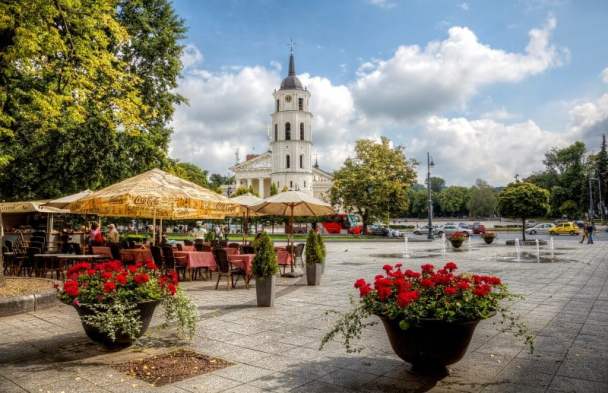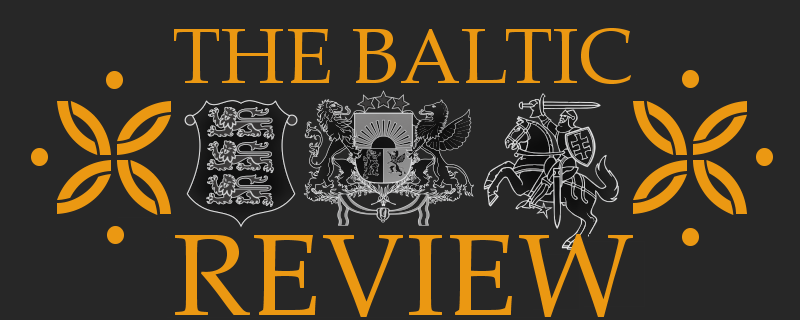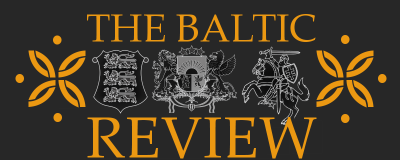The Baltic States, made up of Estonia, Latvia, and Lithuania, represent a history dating back centuries. The countries, while not super well-known, are home to awe-inspiring landscapes, encompassing lush forests, sparkling lakes, majestic mountains, and rugged coastlines. They’re a haven for those who wish to explore nature’s wonders, and they offer a plethora of opportunities for outdoor enthusiasts. But they also feature cities with a pulsating nightlife that make them an attractive destination for all travelers.
In this guide, we’ll create a detailed itinerary of the must-visit places in the Baltics this summer. Whether it’s the medieval architecture of Tallinn, the vibrant arts scene and nightlife of Riga, or the historic castles of Vilnius, each destination is a unique spot that shouldn’t be left off your list. Beyond the urban centers, we’ll also cover hidden gems and lesser-known spots that will allow you to experience an authentic Baltic experience. Join us as we explore the enchanting beauty, intriguing history, and vibrant culture of the Baltics this summer.
Latvia: A Blend of Tradition and Modernity

Traveling to Latvia
Traveling to Latvia is an experience that combines the allure of history with contemporary vibrancy. The capital city, Riga, is a UNESCO World Heritage site, known for its Art Nouveau architecture. The countryside, with dense forests, serene lakes, and traditional villages, offers a perfect escape for nature enthusiasts. Latvia even features a bustling beach resort known as Jurmula which is extremely popular in the summer.
Latvia’s rich cultural heritage is evident in its folk music, dance, and festivals. The Latvian Song and Dance Festival, held every five years, is a must-see event. Unfortunately, it was just held a few weeks ago so it won’t be around for a while. But the country’s culinary scene is equally enticing, with traditional dishes like Rupjmaize and Sklandrausis.
Best Photo Spots in Riga

For photography enthusiasts, best photo spots in Riga include the House of Blackheads, Riga Cathedral, and the Freedom Monument. The city’s picturesque streets, squares, and bridges provide endless opportunities for capturing stunning images. Alberta Street, known for its Art Nouveau buildings, is a favorite among photographers. The Central Market, housed in former Zeppelin hangars, offers a glimpse into local life and culinary delights. The panoramic views from St. Peter’s Church tower are not to be missed.
Lithuania: A Green Paradise

Things to Do on a Vilnius City Break
A Vilnius city break is a must for history buffs and art lovers. The city’s Old Town is also a UNESCO World Heritage site. While Riga is known for its Art Nouveau, Vilnius is filled with Gothic and Baroque architecture. The Gate of Dawn, Vilnius Cathedral, and the Presidential Palace are key attractions. Vilnius humorously dubbed itself the G spot of Europe in an advertising campaign because it’s a place that’s hard to find but amazing once you discover it. Given the looks of locals in the Baltics, many thought this double entendre was leaning into the region’s sexy reputation.
The city’s vibrant nightlife, burgeoning art scene, and delicious cuisine make it a must-visit destination.

Vilnius is also home to thriving street art, with works by renowned artists adorning the city’s walls. The Užupis district, a self-declared independent republic, is a hub for artists and bohemians. The city’s culinary scene, with its blend of Lithuanian and international cuisines, adds to its appeal. The city’s unique blend of history, culture, and modernity has made it a favorite among travelers. From medieval castles to contemporary art galleries, Vilnius offers a wide range of experiences.
Trakai, Lithuania’s Ancient Capital

If you’re visiting Lithuania, you may want to make a stop at Trakai. Lithuania’s ancient capital is a picturesque small town surrounded by lakes. The Trakai Island Castle, a stunning medieval fortress, is the town’s centerpiece.
Trakai’s unique Karaim culture, with its distinct language and culinary traditions, adds to its charm. The town’s wooden houses, painted in bright colors, are a visual delight. Trakai is a hub for water sports, offering opportunities for sailing, kayaking, and swimming.
Lithuania: One of the Most Eco-Friendly Destinations
For eco-conscious travelers, Lithuania is one of the most eco-friendly destinations. The country’s commitment to sustainability is evident in its national parks, eco-resorts, and green initiatives. The Curonian Spit, yet another UNESCO World Heritage site, is a prime example of Lithuania’s dedication to environmental conservation. The country’s extensive cycling network, eco-friendly accommodations, and organic farming practices make it a green paradise.
Estonia: A Fusion of Culture and Nature
Visiting Tallinn

Planning a visit to Tallinn is like stepping into a fairy tale. The medieval Old Town, with its cobbled streets and towering spires could be the setting for plenty of romantic novels. Explore the Alexander Nevsky Cathedral, Kadriorg Palace, and the vibrant Telliskivi Creative City.
The city, like the other two Baltic capitals, has been designated a UNESCO World Heritage site for its contributions to human heritage. Tallinn’s maritime heritage is evident in its Seaplane Harbour Museum, housing historic ships and submarines. But Estonia isn’t just about the past. The city’s thriving tech scene, with its e-residency program and innovative startups, adds a modern touch to its historic charm as one of the most tech-savvy and developed country in Europe.
Estonia: Politically a Baltic Country with a Finnish Language
Interestingly, Estonia has a unique linguistic heritage in the Baltics. While politically a Baltic country, Estonia’s language is closer to Finnish. Estonia’s language, closely related to Finnish, has still preserved ancient features that make it a fascinating study for linguists. Meanwhile, the country’s blend of Nordic, German, and homegrown influences creates a unique cultural tapestry. The country’s multicultural heritage is reflected in its literature, music, and art.
But visiting Estonia isn’t just about Tallinn. Estonia is a truly unique hidden gem in Europe. The country’s national parks, such as Lahemaa and Soomaa, offer stunning natural landscapes. The islands of Saaremaa and Hiiumaa are perfect for a peaceful retreat.
Estonia’s coastline, dotted with lighthouses and sandy beaches, is a haven for birdwatchers and nature lovers. The country’s spa tradition, with its unique mud treatments, offers relaxation and rejuvenation.



























Comments